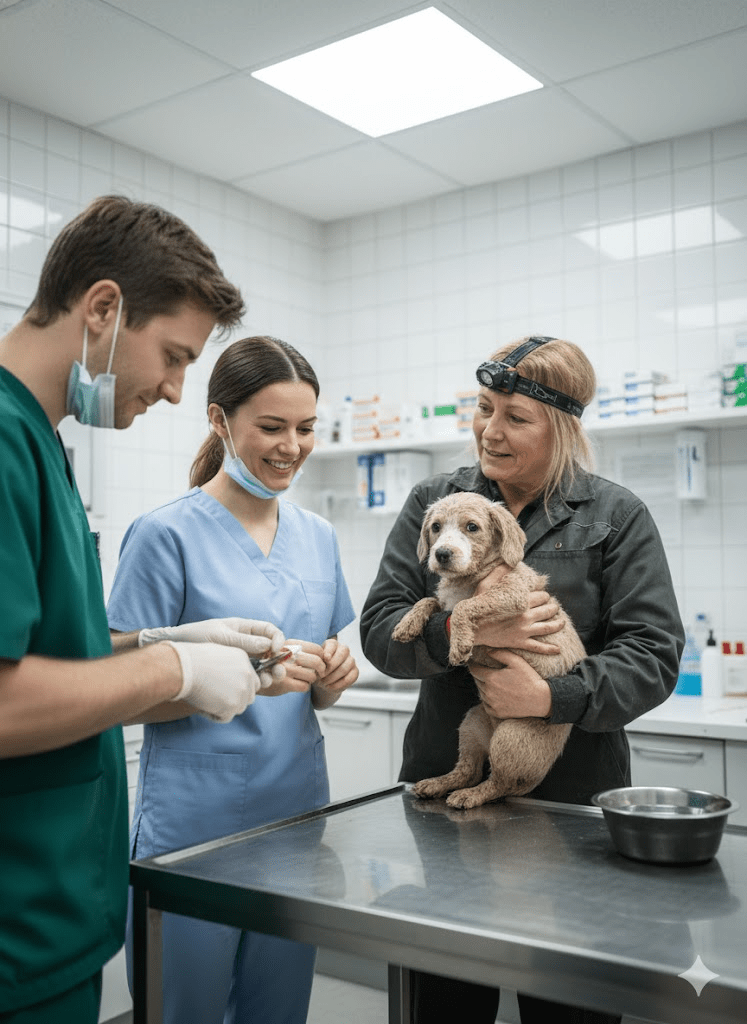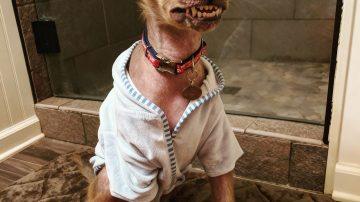The image before you is more than just a photograph; it’s a stark, undeniable testament to resilience, a haunting portrait of vulnerability, and a powerful call to action. In the murky depths of what appears to be a desolate, forgotten place, a small, mud-caked creature lies, its eyes wide with a mixture of fear and a fragile, almost imperceptible hope. This isn’t a staged scene; it’s a raw, unfiltered glimpse into the harsh realities faced by countless abandoned and neglected animals worldwide. The small dog, barely more than a puppy, is caked in grime, its fur matted and stained, a testament to the struggles it has endured. Its delicate paws, one seemingly bandaged, speak volumes of an injury, a past trauma, or perhaps a desperate attempt at care from an unseen hand. The setting itself, a muddy wasteland littered with debris, amplifies the sense of despair and the urgent need for intervention. Yet, within this somber tableau, there is a flicker – the unwavering gaze of those dark, innocent eyes that pierce through the dirt and the despair, reaching out to the viewer with a silent, profound plea. This single image encapsulates the overwhelming suffering of the voiceless, urging us to look beyond the surface, to recognize the inherent worth of every life, and to consider our collective responsibility to those who cannot advocate for themselves. It challenges us to confront the uncomfortable truth of animal cruelty and abandonment, while simultaneously inspiring us to believe in the transformative power of compassion and rescue. It is a visual narrative that demands attention, not just for the plight of this one animal, but for the countless others who share a similar, harrowing existence, waiting for a kind hand to pull them from the shadows.
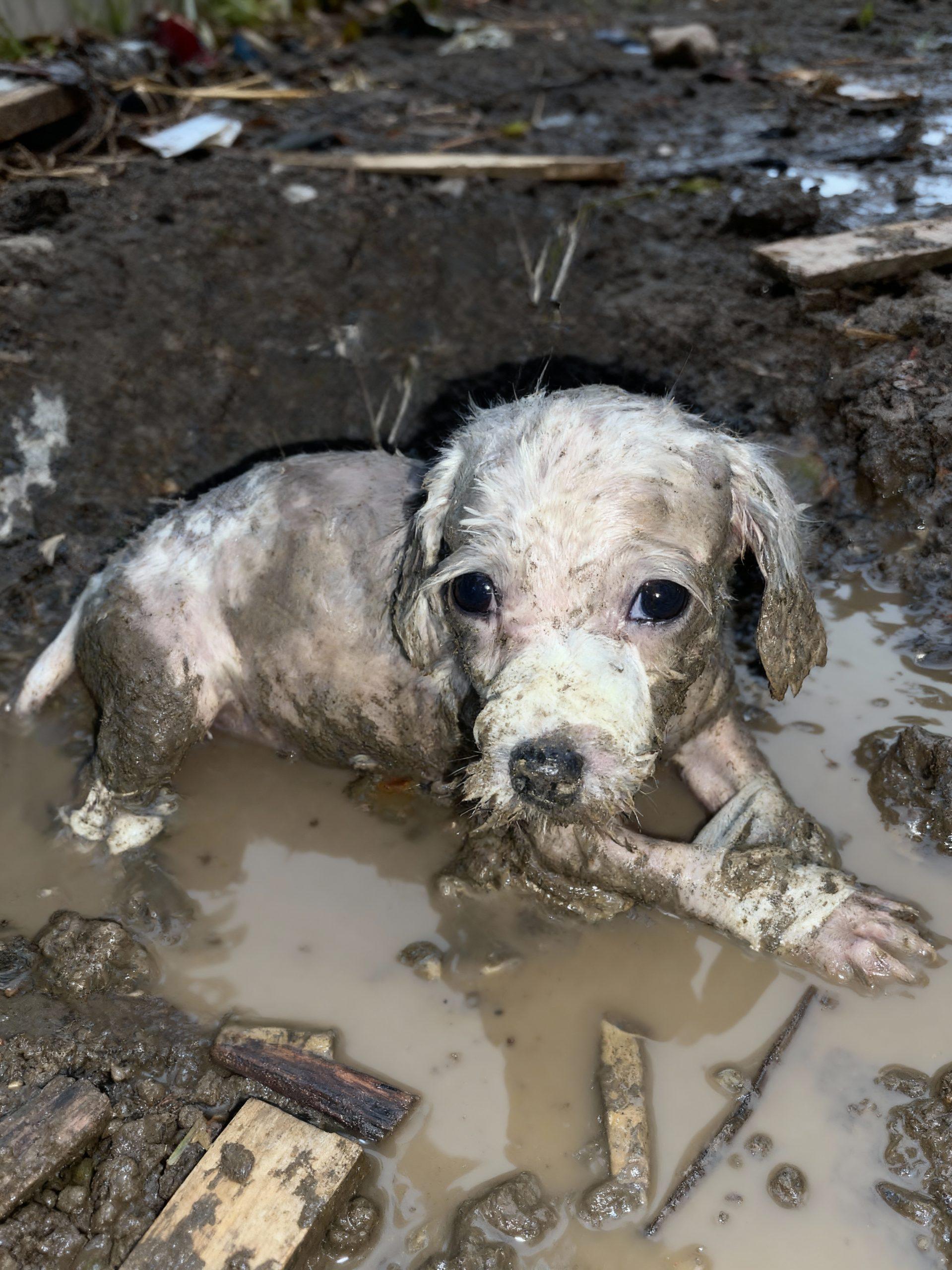
The stark reality depicted in the opening image is unfortunately not an isolated incident. Across the globe, millions of animals endure similar, if not worse, conditions due to abandonment, neglect, and abuse. The reasons are multifaceted and complex, ranging from economic hardship and lack of awareness to sheer indifference and malicious intent. Puppies, like the one we see, are particularly vulnerable. Often, they are discarded when they are no longer a novelty, when their care becomes too burdensome, or when they are perceived as imperfect. This societal issue underscores a deeper problem: a disconnect between humans and the sentient beings with whom we share our planet. Until we acknowledge the depth of their capacity for pain and suffering, and the profound joy they can bring, these cycles of abandonment will continue.

The plight of animals in distress often goes unnoticed, hidden in the shadows of urban landscapes or the vastness of rural areas. They become invisible, their cries unheard, their suffering compounded by isolation. When an animal is found in a state similar to the one pictured, it often means they have endured prolonged exposure to the elements, starvation, disease, and the constant threat of predators or further human harm. The “lucky” ones are discovered by compassionate individuals or rescue organizations who are often stretched thin by the sheer volume of cases. These animals, once part of a family or born into a community, find themselves utterly alone, their instincts for survival pushed to their absolute limits.
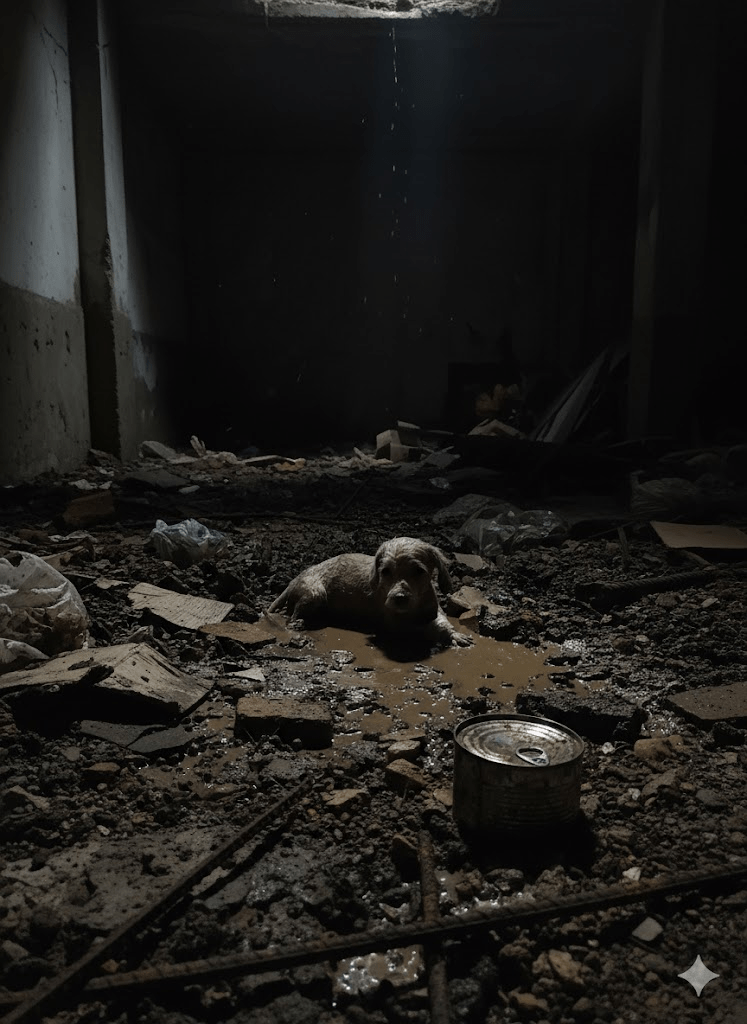
Animal welfare organizations play an indispensable role in mitigating this crisis. They are the frontline responders, the tireless advocates, and the rehabilitators for animals like our subject. From immediate rescue and emergency medical care to long-term rehabilitation and finding forever homes, these organizations shoulder an immense burden. They rely heavily on donations, volunteers, and public support to continue their life-saving work. Without their dedication, countless animals would never experience the warmth of a loving home or the gentle touch of a caring hand. Supporting these groups is not just an act of charity; it is an investment in a more humane society.
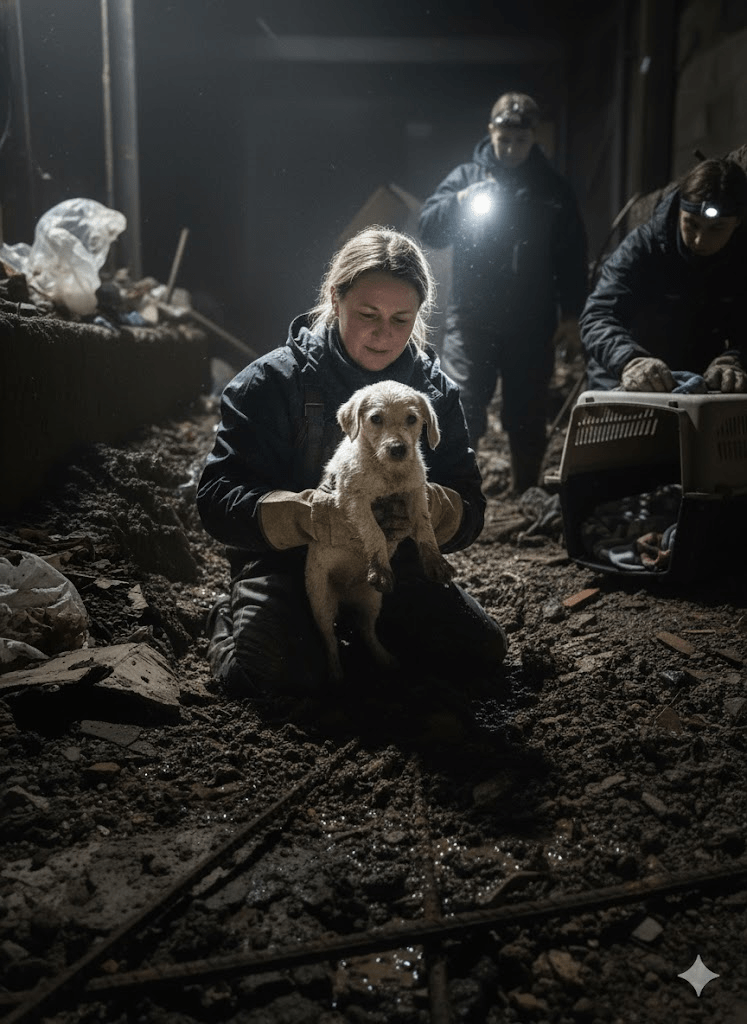
Caring for a rescued animal, especially one that has been through significant trauma, requires immense patience, expertise, and resources. The journey from a state of neglect to one of health and happiness is often long and challenging. It involves not only physical healing – addressing malnutrition, injuries, and illnesses – but also emotional recovery. Many rescued animals carry the scars of their past, exhibiting fear, anxiety, or behavioral issues. Skilled veterinarians, behaviorists, and foster parents work tirelessly to rebuild trust, teach them how to interact positively with humans and other animals, and ultimately prepare them for adoption. This holistic approach is crucial for their long-term well-being and successful integration into a new family.

Preventative measures are just as vital as rescue efforts. Education plays a crucial role in preventing animal abandonment and neglect. Promoting responsible pet ownership, including the importance of spaying and neutering, proper nutrition, regular veterinary care, and adequate socialization, can significantly reduce the number of animals ending up in shelters or on the streets. Community outreach programs, accessible and affordable veterinary services, and stricter enforcement of animal welfare laws are all essential components of a comprehensive strategy to foster a more compassionate environment for animals.
